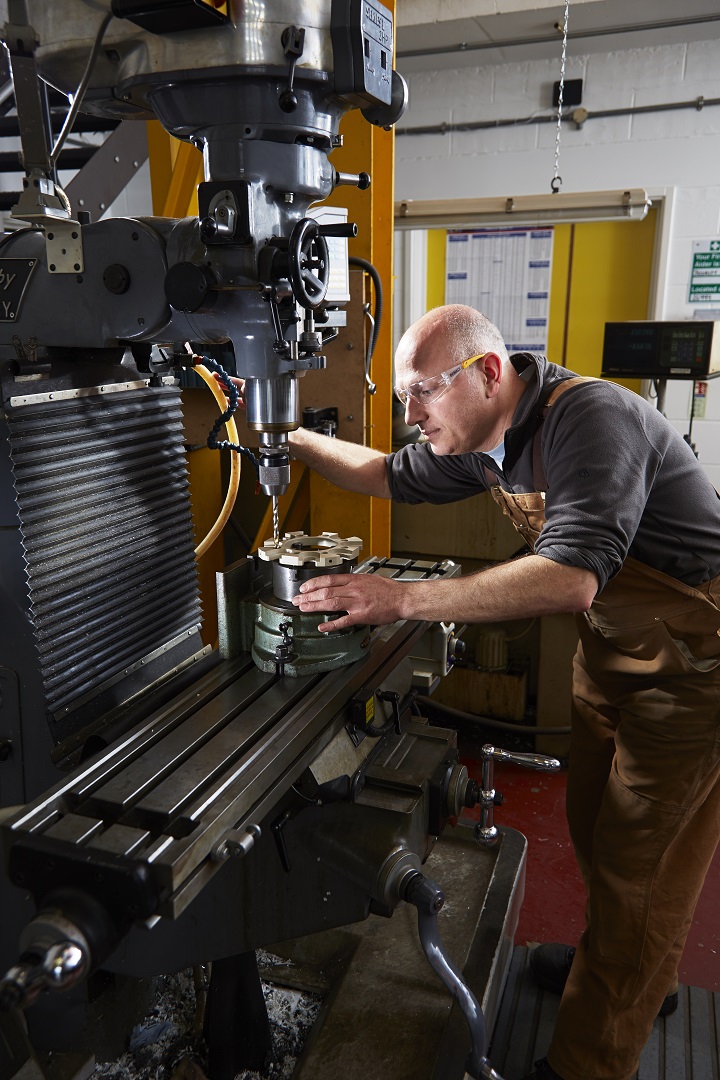
Mechanical engineers at the NOC provide engineering design, small-quantity manufacture, assembly and support for operations.
Combining the use of sophisticated 2-D and 3-D drawing packages with their deep knowledge of what can work in the harsh marine environment, our engineers design and develop a wide range of equipment, from sub-assemblies for complex autonomous underwater vehicles (AUVs) to simple clamps for attaching instruments to frames.
The ocean is both a difficult and unforgiving environment in which to undertake scientific research. Corrosion, marine growths (biofouling), hydrostatic pressure and long-term reliability are just four of the factors mechanical engineers at the NOC have to consider when producing their designs.
STABLE 3
STABLE 3 (Sediment Transport And Bottom Boundary Layer Experiment, version 3) is a measurements system designed for estuarine and coastal water sediment transport studies. At about 2.5m tall, and capable of carrying a large collection of instruments located over two tiers within the frame, STABLE 3 can be deployed for extended periods to support scientific fieldwork research. Typical deployments have involved month long estuarine research studies, recording sediment transport using a suite of instruments including seabed scanning sonars, water current profilers, turbidity sensors, laser-based particle sizers plus temperature, pressure and salinity sensors.
Mini-STABLE 2 Benthic Lander
Mini-STABLE 2 is the second generation of a smaller version of the STABLE 3 measurements platform and is designed to support estuarine, coastal water and shelf-seas science research. At about two metres tall, it is capable of carrying a medium-large collection of instruments located over a single tier within the frame, for example, seabed scanning sonars, water current profilers, turbidity sensors and water samplers. Mini-STABLE 2 can remain deployed for several weeks and can easily be reconfigured to support the scientific research of interest.